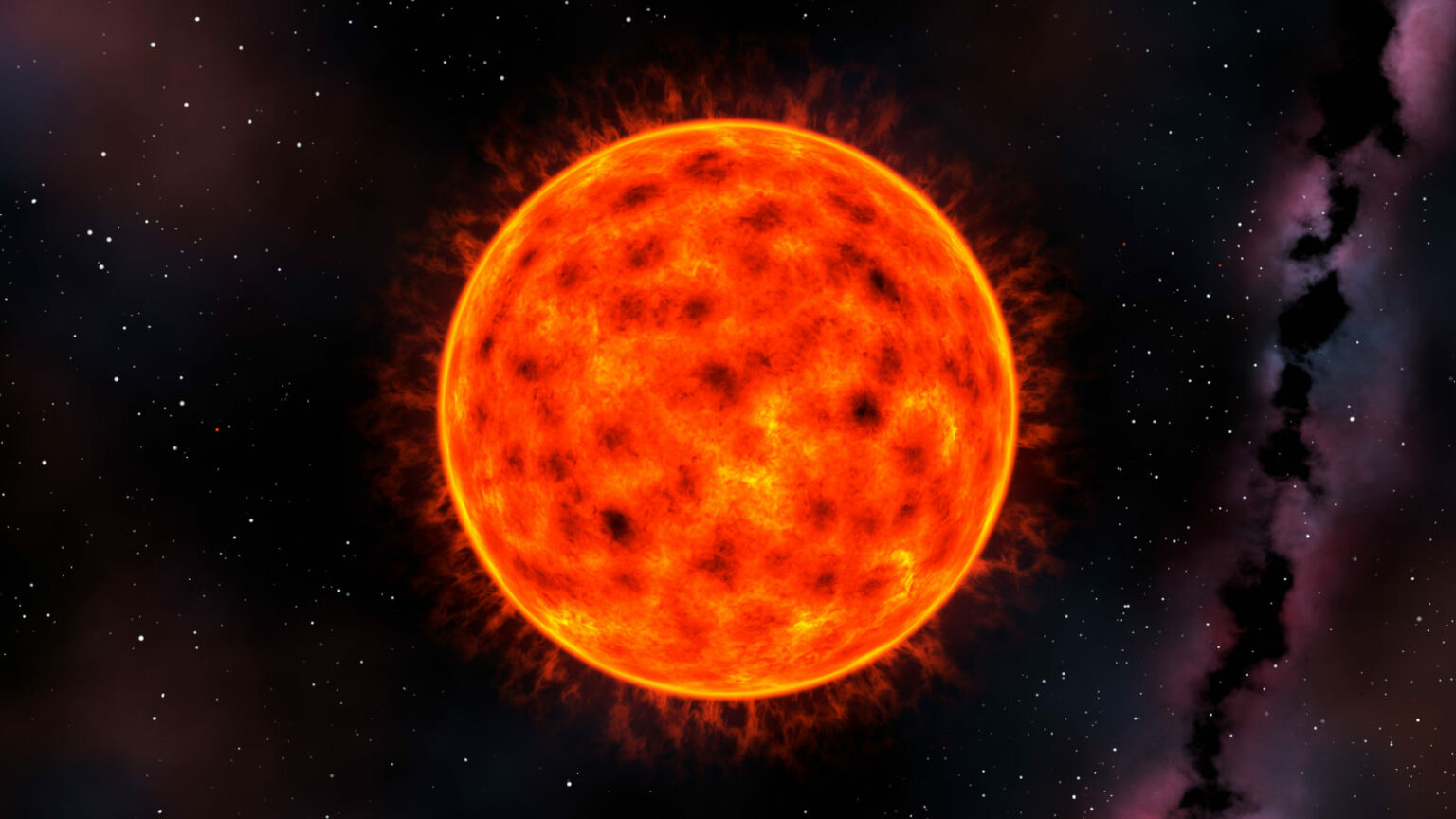Scientists have found that the initial mass function, which determines how long a star will exist, actually depends on the metallicity. This means that stars formed in different periods of the history of the Universe, and the frequency of birth of low-mass and long-lived stars was different.

Initial mass function
Researchers from the National Astronomical Observatory of the Chinese Academy of Sciences have proved that the initial mass function is not constant, but depends on the metal of the initial population of stars. They did their work using the LAMOST multi-object spectroscopic telescope.
The initial mass function is a parameter that shows how the masses are distributed in a certain sample of stars. For the Milky Way, it has been proven for half a century that it, and only it, determines which path the evolution of the luminaries will take and how long they will exist.
Scientists have long suspected that for other galaxies, the initial mass function may be completely different. However, to do this, it is necessary to better explore it for our own. The traditional way to solve it is to count stars of a certain mass in a given volume of space.
This problem has been solved many times before, but so far only a small number of stars have been taken into account in such studies. In addition, no one took into account their metallicity. This is the name of the content of all elements heavier than helium in the composition of the luminary.
Metallicity and star formation time
In a new study, scientists selected about 93 thousand red dwarfs from the LAMOST catalogues and compared them with data from the Gaia orbital telescope. Thanks to this, it was possible to sort the stars by metal and calculate the ratio of stellar masses in each group.
It turned out that the number of these low-mass stars in our galaxy changed over time, which meant that the initial mass function also did not remain constant. The greater the metallicity of the source material, the greater the chances of the formation of low-mass stars.
In turn, the metallicity of gas-dust clouds is determined by how many generations of stars passed before they formed. That is, the initial mass function changes and how exactly the luminaries will evolve depends not only on their mass, but also on the time of formation.
This discovery is important not only for the correct understanding of other galaxies. It may well happen that our ideas about the Milky Way will have to be adjusted. After all, even the number of stars in it is calculated by means of evolutionary models in which the initial mass function is unchanged.
According to phys.org
Follow us on Twitter to get the most interesting space news in time
https://twitter.com/ust_magazine

